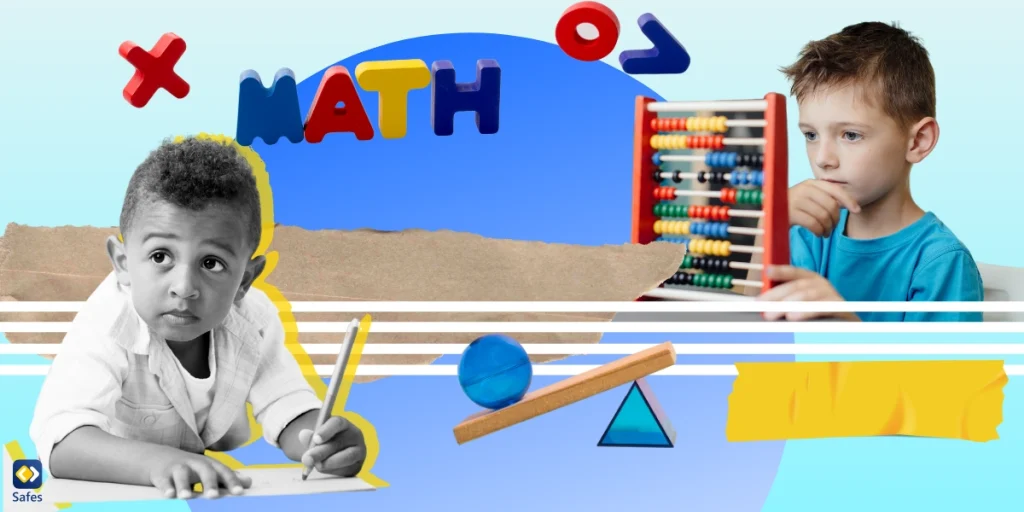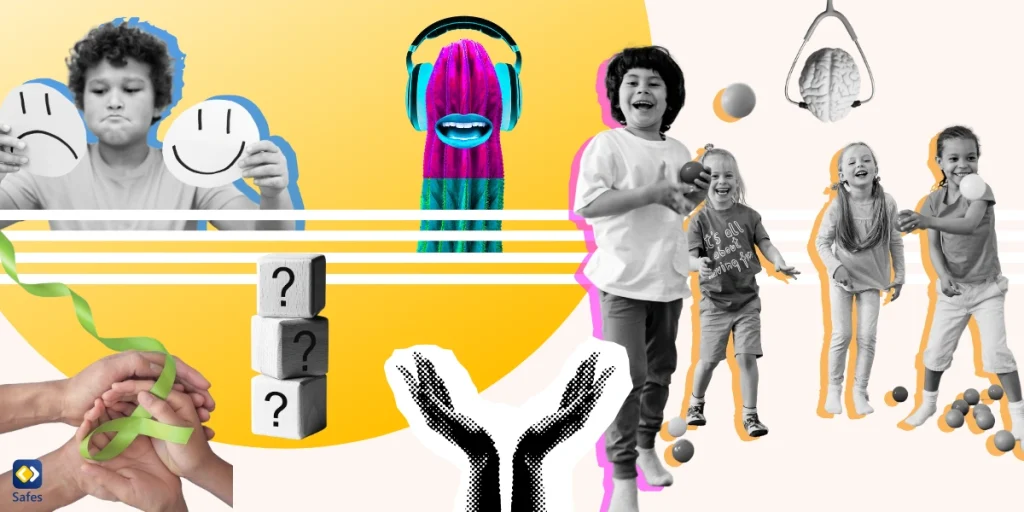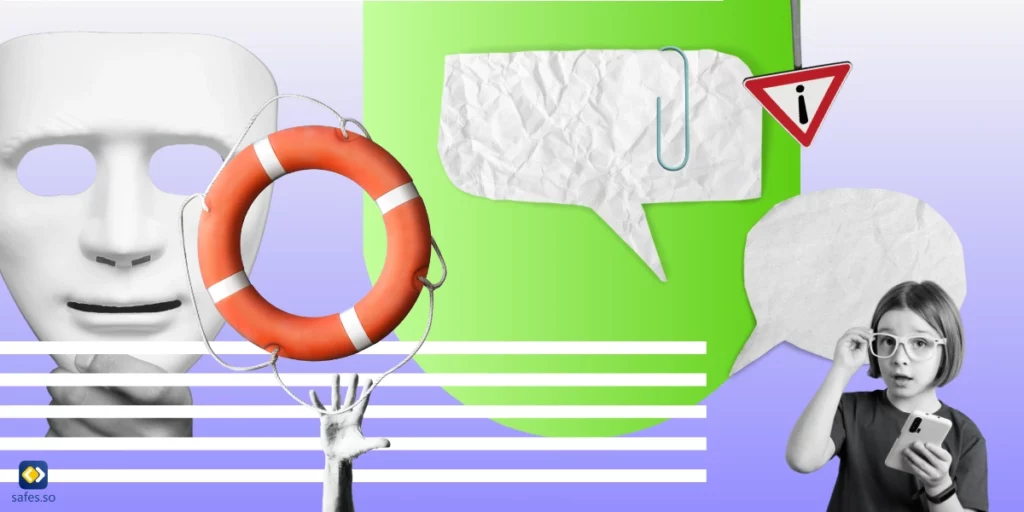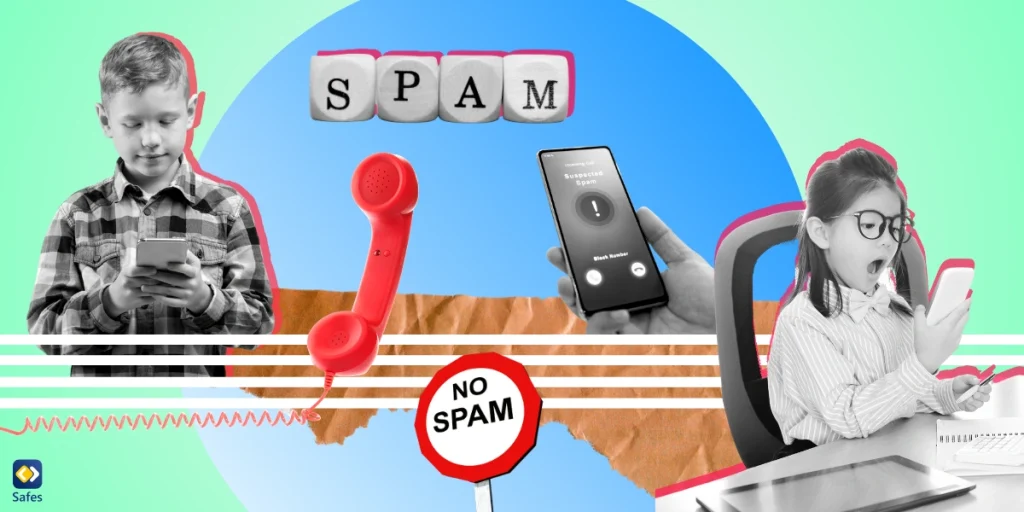For any child, lessons can be hard and school days may go roughly. However, these can be twice as difficult for children suffering from dyscalculia, a learning disability affecting math skills. These students face unique challenges working with numbers and recognizing the symbols. Therefore, parents and teachers need to take action to figure out how to help a child with dyscalculia effectively.
Download and Start Your Free Trial of the Safes Parental Control App
Dyscalculia is a specific learning disability that affects a person’s ability to understand and work with numbers. Children with dyscalculia may have difficulty understanding mathematical concepts, performing mathematical operations, and using numbers in everyday life. Some factors like genetics, ADHD, and brain damage may lead to this issue in younger kids. While there aren’t certain dyscalculia treatments, parents and teachers can still have a major role in helping kids overcome this challenge.
In this blog, we’ll explore the causes of dyscalculia and discuss strategies to help children thrive in school. However, to find the best solutions, it’s essential to first understand the underlying causes of this disorder, with the aim of prevention.
What Causes Dyscalculia in Children?
To understand different causes of dyscalculia in children, we refer to a study by a group of professionals including Muhammad Sofwan Mahmud in 2022. Based on this article, Dyscalculia: What We Must Know about Students’ Learning Disability in Mathematics?, issues like dyslexia and visual or auditory processing difficulties can affect a child’s math skills, especially in areas like arithmetic. Children with dyscalculia might also have other learning problems like ADHD. Up to 60% of those with ADHD also have trouble with math like dyscalculia. However, some experts suggest that pure dyscalculia might not always happen with other disorders like ADHD or dyslexia.
Another factor causing dyscalculia can be genetics. Parents with dyscalculia seem likely to have children born with the same disorder. Moreover, brain damage can also be a factor, affecting the brain’s ability to process numbers correctly. Working memory, visual-spatial processing, and attention can also impact a child’s math skills. That said, primary dyscalculia tends to be more severe and less related to working memory problems. Also, children with visual-spatial problems often struggle to understand number concepts and symbols.

What Are the Signs of Dyscalculia in Young Kids?
You may have noticed that your children or students don’t often perform well in mathematics. To find out if they’re actually suffering from mathematical disabilities, here are some dyscalculia examples in students:
- Trouble recognizing and remembering numbers
- Difficulty in performing accurate calculations
- Difficulty in counting and tracking
- Inability to associate number symbols with their values
- Struggling with patterns and sequencing
Dyscalculia also affects daily life outside the classroom. These children may struggle with remembering phone numbers, addresses, scores, handling money, estimating distances, understanding time, and spatial orientation. These challenges can significantly impact their ability to do everyday tasks and interactions.
How to Help Students with Dyscalculia?
Like other learning disabilities, dyscalculia can vary in severity and may require specialized teaching methods and support. Currently, there are no medications specifically designed to treat dyscalculia. However, dyscalculia training for teachers is essential for fostering understanding and support for students struggling with math difficulties.
Fortunately, there are some strategies for teaching students with learning disabilities at any stage. Don’t forget that it’s crucial to address dyscalculia early to prevent potential challenges later in life.
Math Games
One effective dyscalculia training for teachers is playing different games to focus on basic math concepts. During these games, the students learn how numbers work, compare them, and practice simple math facts. These games aim to build a strong foundation in mathematics for students with dyscalculia, helping them develop mental connections between mathematical elements.
Multisensory Tools
Teachers and parents play a vital role in supporting students with dyscalculia. They can improve their understanding and memory by using various teaching strategies, including hands-on activities and colorful objects. Multisensory methods that engage sight, hearing, touch, and movement, have proven to be effective in helping students understand mathematical concepts. For example, using concrete objects like dice or colored cubes allows students to interact with math concepts in a tangible way. Using these tools in the schools, teachers can create a dyscalculia-friendly classroom, where all students with different learning disabilities have the chance to improve.
Technology
Technology can also be a valuable tool in addressing dyscalculia. Graphing tools, math notation software, like the Photomath app, and educational applications, appear to be helpful. They can provide additional support and practice opportunities for students both in school and at home. With the help of technology, we can help our kids gain learning motivation and improve their math skills.
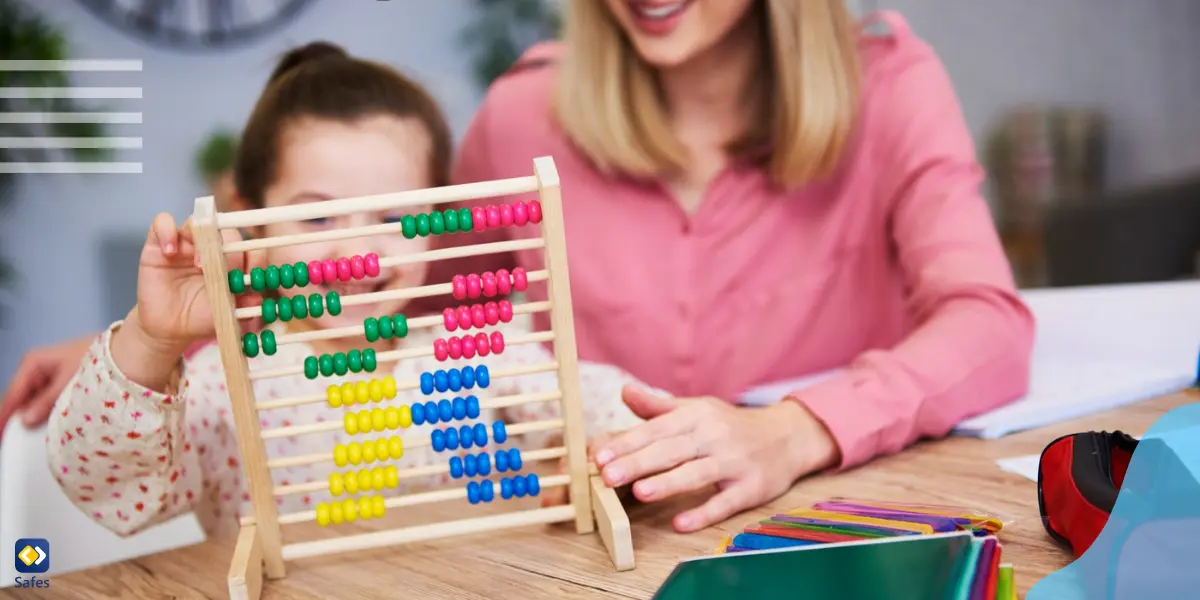
Final Word
Supporting children with dyscalculia in their school days requires guardians’ help. With an approach that combines understanding, patience, and effective strategies, kids with this disorder can successfully thrive academically and beyond. However, managing the challenges of dyscalculia is just one aspect of parenting and teaching students in the digital age. As technology continues to play a significant role in children’s lives, ensuring their online safety and well-being has become paramount. This is where Safes, our parental control app, comes in.
Safes provides children’s guardians with the tools they need to monitor and manage their children’s online activities effectively. Setting screen time limits, blocking inappropriate content, monitoring social media usage, and tracking location, are all Safes features that protect children’s digital experiences.
You can download the app for Android and iOS to have a new experience protecting children in the digital world, which differs from what you may have experienced with Windows parental controls. With Safes, parents can enjoy peace of mind knowing that their children are protected online. By the way, you can use our free trial first, just to see how the app works!
Your Child’s Online Safety Starts Here
Every parent today needs a solution to manage screen time and keep their child safe online.
Without the right tools, digital risks and excessive screen time can impact children's well-being. Safes helps parents set healthy boundaries, monitor activity, and protect kids from online dangers—all with an easy-to-use app.
Take control of your child’s digital world. Learn more about Safes or download the app to start your free trial today!
